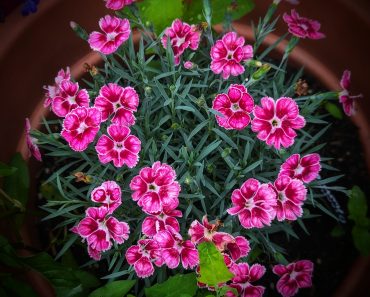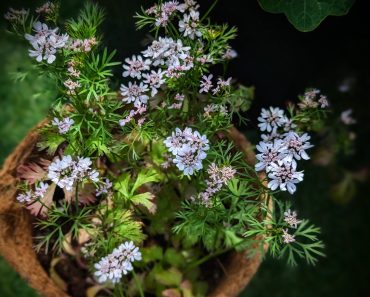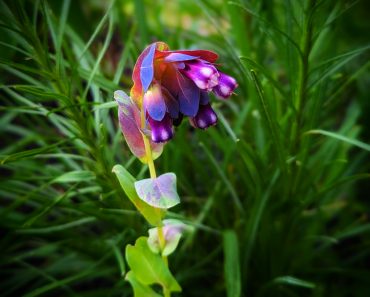Crocus flowers are gorgeous goblet shaped flowers with wonderful bright yellow anthers. Almost ethereal in appearance, these magical Perennial flowers bring a bold carpet of colour in late Winter-early Spring, perfect for borders, pots and partially shaded spots.
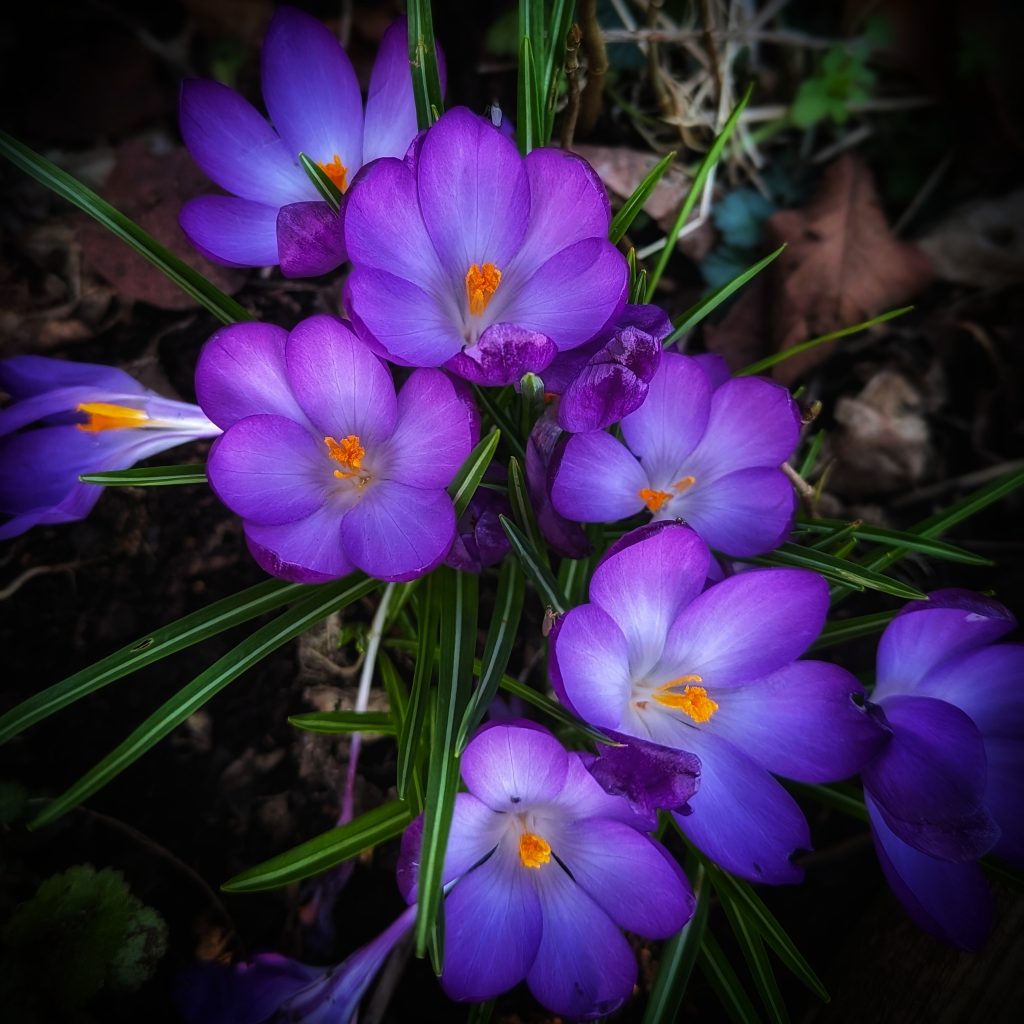
This post may contain Affiliate links please see my disclosure policy
First a Little crocus History!
Crocus, is a species of plant belonging to the iris family (Iridaceae). Native to the Alps, southern Europe, and the Mediterranean. They arrived in Europe from Turkey in the 16th century and soon became a very popular flower due to their cuplike blooms, low growing nature and Vibrant Colour.
The name Crocus is derived from the Latin word crocatus, meaning saffron yellow. The Crocus has been known throughout recorded history, mainly as the source of saffron. Saffron is one of the most expensive spices in the world and is collected from the dried stigma of The Saffron Crocus ( Crocus sativus)
Fun Fact:
Did you Know that The flower of the Crocus plant closes at night and in overcast weather conditions? Only opening when sufficient sunlight touches it.
Crocus Characteristics
Crocus Flowers come in a variety of colours-blue, purple, yellow, orange, cream and white. They are a low growing plant with narrow grass-like foliage, growing upto 15cm in height
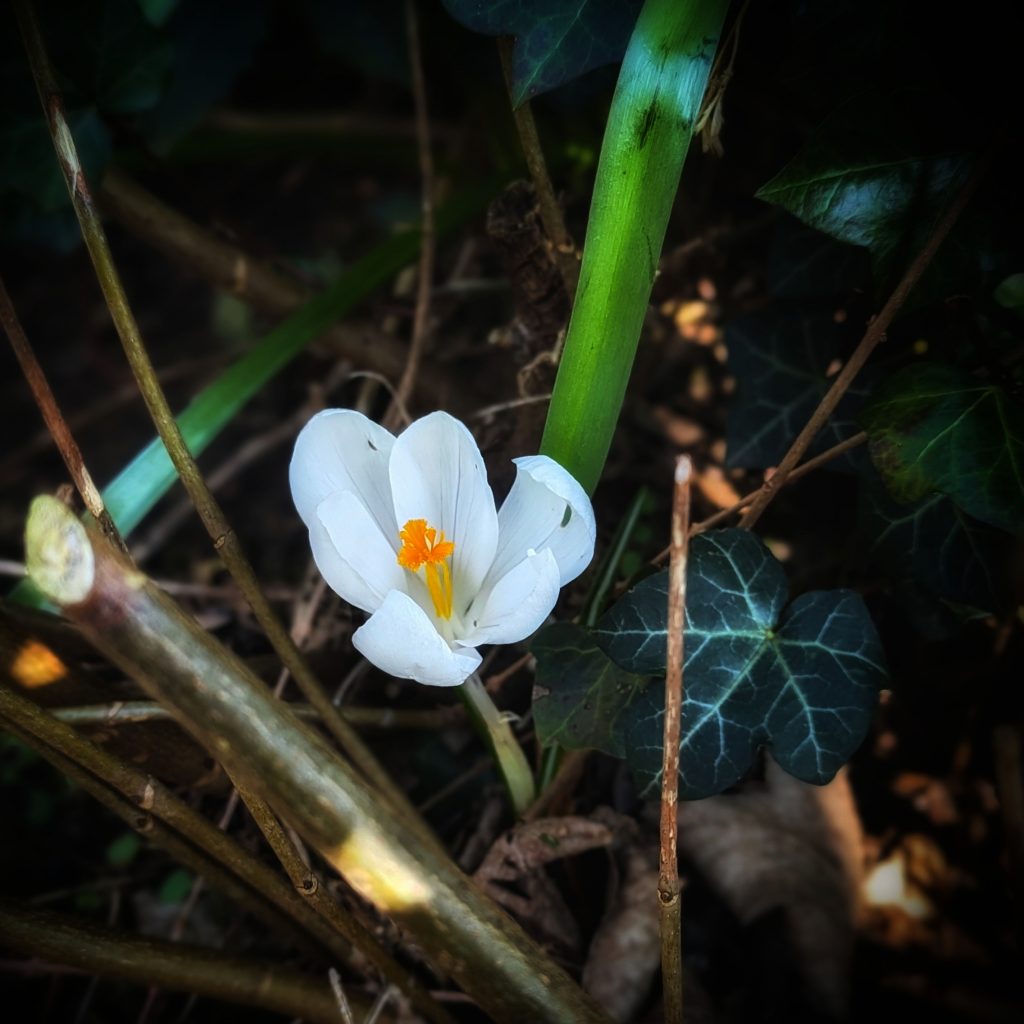
Do Crocus Come Back Every Year?
Yes! Crocuses are perennial, which means you can expect a new colourful carpet of goblets every spring.
Do Crocus Spread?
Yes! Crocus are great at naturalising and multiply via corn offsets (baby Corms). The baby corms develop on the side of the mother corm providing freebie flowers year after year!
When Do crocus bloom?
Crocus flower mainly in late winter to early spring, February-March
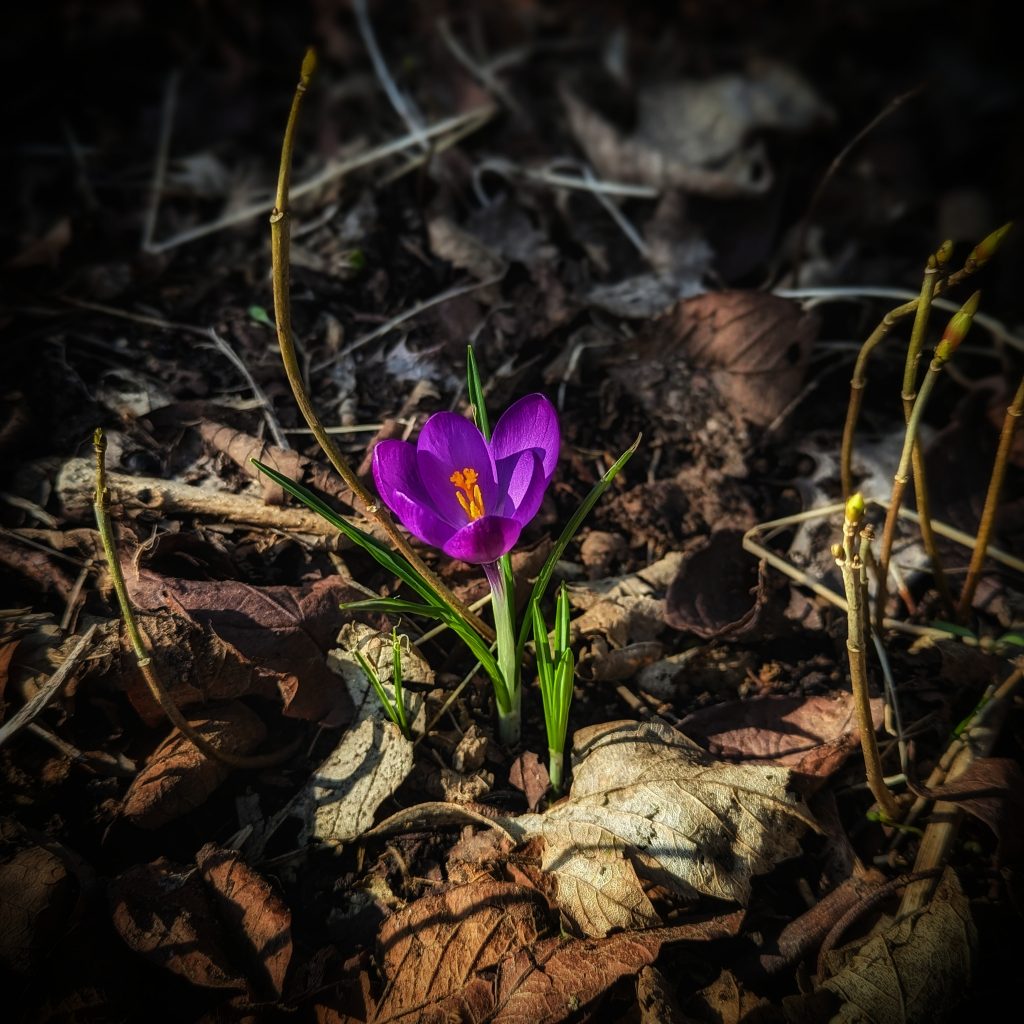
Crocus Planting Ideas
1. naturalising crocuses in grass
To Naturalise Crocus in a grassy setting, first cut the grass in September- November, lift the grass with a spade and scatter the Crocus corms on the exposed soil, then simply place the lifted turf back on top.
*Once the bloom period is over, wait until the foliage has died down in May, then go ahead and cut the grass.
2. How To Grow Crocus in Pots?
Crocus grow incredibly well in pots! Its dead easy, simply plant Crocus corms in pots of good quality compost September-November. Plant around 8-10cm deep and really stuff them in so each one is almost touching. This will ensure a much fuller display. Then just wait for the magic to happen in Early Spring!
3. Plant In Borders Or Line Pathways
Remember these are low growing plants, so be sure to plant them at the front. You could also frame pathways with them too!
How To Grow Crocus
Affiliate links
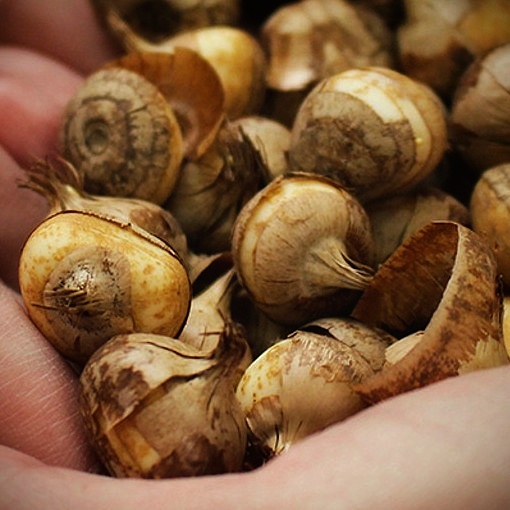
HOW TO PLANT CROCUS CORMS
- Crocus should be planted ideally between September- November
- Plant Crocus corms with the shoot facing upwards 8-10cm deep and around 10cm apart in a full sun/partial shade spot in well drained soil
Where to plant crocus Corms
Crocuses love a full sun spot but will also do well in partial shade too.
Crocus Water Requirements
During the growing season, make sure your crocuses receive around 1 inch of water per week, by means of rainfall or watering. *Important, when they are dormant during the summer, do not water or they may rot
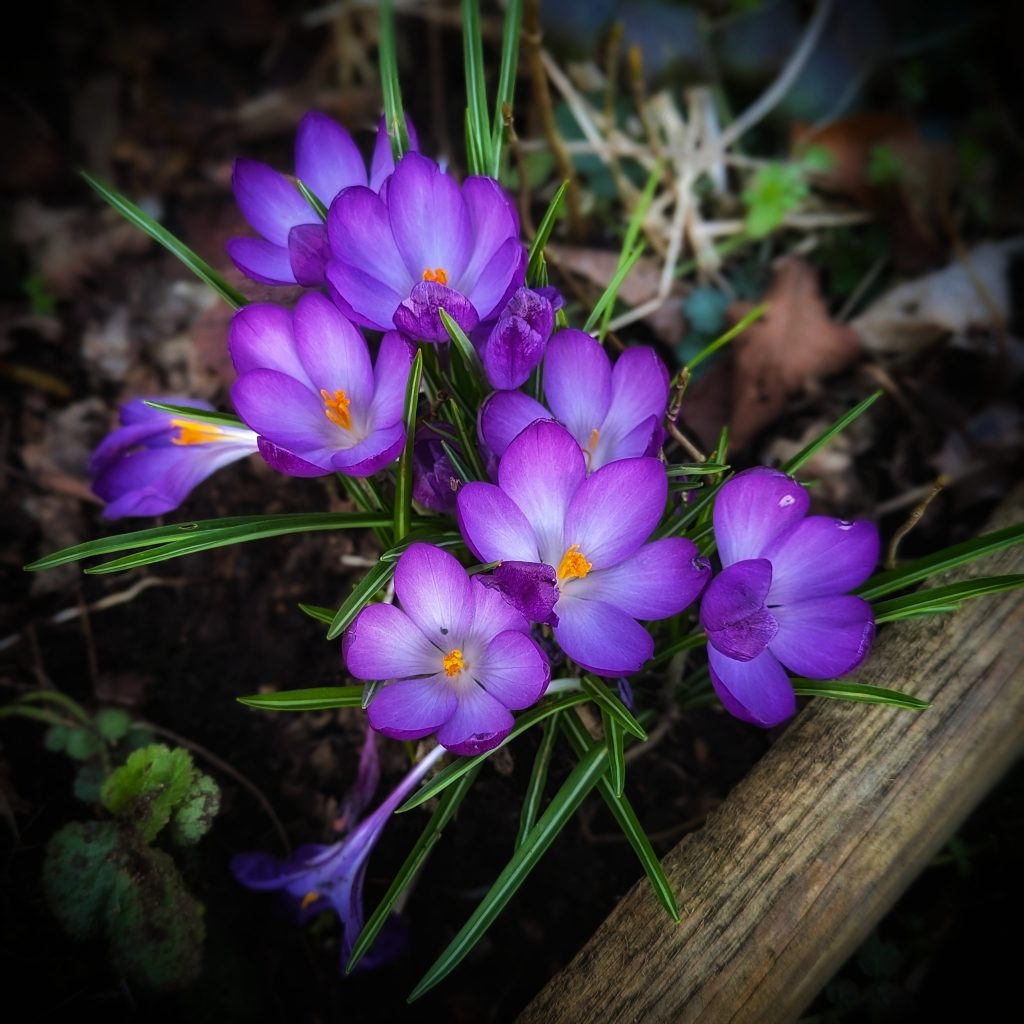
Cutting Back Crocus
I never bother! The flowers and foliage fade naturally with no interference from me.
How to propagate crocuses
Once you have established groups of crocus you can propogate through division. Around six weeks after flowering, dig them up, split the corms into smaller ones and replant.
What is Plant Division? In horticulture and gardening, division is a method of asexual plant propagation, where the plant in question (usually an herbaceous perennial) is broken up into two or more parts. Each part will have an intact root and crown and is then replanted.
common Crocus Problems
Crocus plants aren’t particularly susceptible to any disease or insect problems. However, the odd mini beast may cause havoc by digging up corms, so watch out for mice, squirrels and voles. A good way to deter mini beast attacks is by scattering crushed egg shells in the planting holes or adding some kind of netted protection. Failing that, just hope for the best and replant once unearthed.
Another common problem is wilting Crocus – The usual cause of this is either a dry spell of weather, sitting in waterlogged soil or simply that the corms were not planted deeply enough.
Looking For More Flower Growing Posts?
- How To Grow Lobelia
- How To Grow Cirsium Rivulare
- How To Grow Delphiniums
- How to Grow Dahlias
- How To Grow Sweet Pea
- How To Grow Snapdragons
- How To Grow Cosmos
- How To Grow Verbena
Looking For more ‘Homely’ Inspo ?
Have a Nosey Around the Blog! See what i’ve been Decorating, Baking, Growing and Brewing! Also, pop over and say Hi on Instagram
Check Out These Frugal DIY Posts too…
- DIY Potting Bench made from scrap materials
- DIY Rustic Fence Made From Branches
- Make a Free DIY Crazy Paving Path
- DIY Shed From Old Doors
- DIY Potting Shelter
- DIY Free Greenhouse
- DIY Bee Hotel


